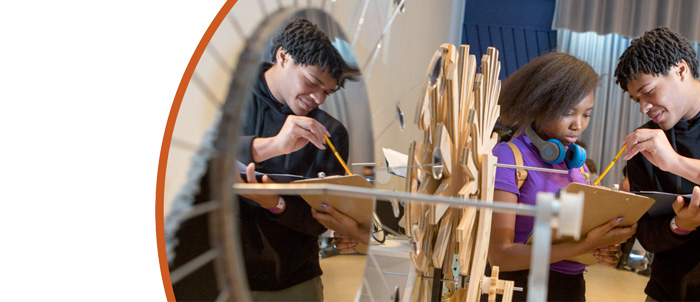Identifying and Validating Interactive and Uncommon Characteristics of Retention and Success in Engineering Education
Effective Years: 2016-2020
This project targets three significant gaps in the current state of knowledge relevant to engineering retention and success: 1) lack of knowledge on engineering retention and success characteristics based on interactive, concurrent effects of multiple factors, 2) lack of knowledge about engineering retention and success characteristics based on the modeling of variable relations that exist for some but not all values of variables or are different for different value ranges of variables, and 3) lack of knowledge about uncommon engineering retention and success characteristics of outlier students who do not fall into common characteristics of engineering retention and success. The project will employ the new Partial-Value Association Discovery (PVAD) algorithm to identify common and uncommon characteristics of engineering retention and success. This project is supported by NSF's EHR Core Research (ECR) program. The ECR program emphasizes fundamental STEM education research that generates foundational knowledge in the field.
New findings from this project will enrich the understanding and knowledge of engineering retention and success, in comparison with existing findings based on effects of individual variables and all-value variable relations. The intervention with an engineering counseling and tracking program to help students development of the newly identified engineering retention and success characteristics will be developed and implemented. The intervention effects on students will be observed and analyzed to validate the new findings of engineering retention and success characteristics. The identification and validation of new engineering retention and success characteristics will provide guidelines to help more students achieve engineering retention and success across the nation, thus broadening the participation of more students in engineering fields.




